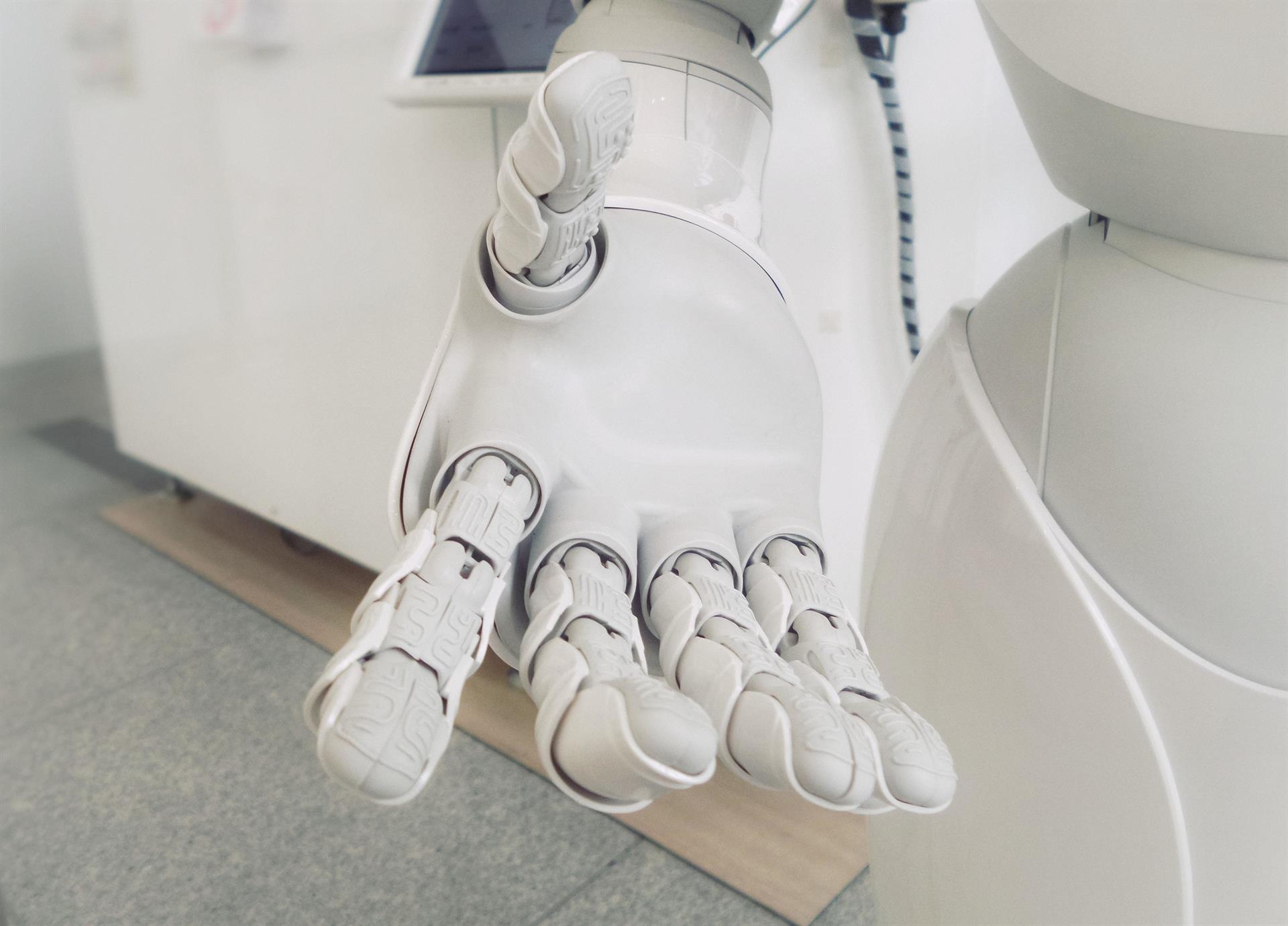by Mark Caine and Kay Firth-Butterfield*
Artificial Intelligence (AI) is transforming the world of work at a rapid pace, and its impact is poised to accelerate even more in the decades ahead. The rise of AI in the workplace has the potential to improve some aspects of work – such as repetitive and dangerous tasks – but much of the public discussion has focused on AI’s potential to displace workers and the grave impacts this could pose to their livelihoods and quality of life.
Less discussed – but equally important – is how AI can also be part of the solution to train, upskill, and reskill employees, future-proofing and preparing them for the future of work.
Disruption and automation
The World Economic Forum’s Future of Jobs Report 2020 found as automation increases, the amount of time spent on tasks at work by humans and machines will be equal in just five years. According to the report, 85 million jobs will be displaced across 26 countries and 15 industries by 2025, and more than 80% of employers expect to make wider use of remote work and to digitize work processes.
In other words, even with no further advances of AI, today’s workers will face enormous disruptions as labour markets are transformed by automation tools already on the market.
The challenge ahead will be even greater for two reasons: First, COVID-19 has taken an enormous toll on the global economy, leading to an estimated loss of 14% of working hours or approximately 400 million full-time jobs in the second quarter of 2020.
Second, far from remaining static, automation technologies are being developed and commercialized at an accelerating pace during the pandemic, and their capacities are expanding as they harness growing quantities of data, computing power, and experience.
A positive future
Despite these significant headwinds, AI holds great potential for workers and the future of labour. The Future of Jobs Report found that 97 new million jobs that are adapted to the new division of labour between humans and machines could be created by 2025.
Instead of worrying about job displacement, we should get to work creating the new, high-quality jobs of tomorrow while massively expanding our upskilling and reskilling efforts to transition displaced workers into these new opportunities. This is where AI can help solve some of the very problems it helped create.
Fortunately, a new cohort of purpose-driven AI innovators has begun mobilizing to ensure that workers around the world share not only in the risks that AI poses but also its powerful benefits.
Here are four ways that AI is helping create a just transition to a positive future of work:
1. Invest in reskilling and upskilling
Some AI start-ups are focused directly on reskilling and upskilling today’s workers, using AI algorithms to create personalized training programmes that build on workers’ existing skillsets to prepare them for future opportunities that leverage technology. For example, California-based EdCast combines a detailed assessment of workers’ skills with data-driven analysis of future labour market needs, allowing users to identify potential future jobs and gain the skills and qualifications they need to secure them.
2. Embed learning into everyday activities
Other innovators are focused on embedding learning into everyday work activities so that workers are continuously growing their skillsets and expanding their capacity to fulfil future workforce needs. For example, Canadian start-up Axonify has pioneered the idea of ‘microlearning’ in which employees spend three to five minutes per shift on learning and performance improvement activities that are matched to their individual needs by an AI algorithm.
3. Match workers to new opportunities
While AI-driven reskilling can help prepare workers for the disruptions underway, there is still an enormous need to match workers to new opportunities being created. AI can help here too, and start-ups like SkyHive and Kalido have created AI-driven platforms that connect workers to new opportunities within and outside their current organizations, based on their individual skillsets, career goals, and retraining needs.
4. Prepare the next generation of workers
AI is not only being used to future-proof today’s workers and match them with tomorrow’s opportunities but also to prepare the next generation of workers for a future disrupted and transformed by technology. Recent years have seen an explosion in AI-powered education technology (EdTech) tools to improve learning outcomes at the K-12 level, primarily in the developed world but increasingly amongst less privileged populations.
For example, New Delhi-based start-up ConveGenius has targeted the 100 million students in India with the most limited access to quality teaching, using AI to assess each student’s learning needs and deliver the educational content they need to succeed as workers and citizens. Scores of other start-ups are racing to address this significant business challenge and seize the opportunity to upskill and reskill workers for the future.
AI as part of the solution
No single technology will solve all the problems facing workers today. Achieving a just transition to a positive future of work will require smart government policies, ambitious corporate programs, and individual action by workers in addition to new technologies.
But as we work to improve our responses to the disruptions underway, we should encourage innovators and entrepreneurs to focus on new ways to use AI technologies to empower the workers of today and create exciting new opportunities for the workers of tomorrow.
*Project Lead, Artificial Intelligence and Machine LearningProject Lead, Artificial Intelligence and Machine Learning, World Economic Forum and Head, Artificial Intelligence and Machine Learning, World Economic Forum
**first published in: www.weforum.org




 By: N. Peter Kramer
By: N. Peter Kramer

